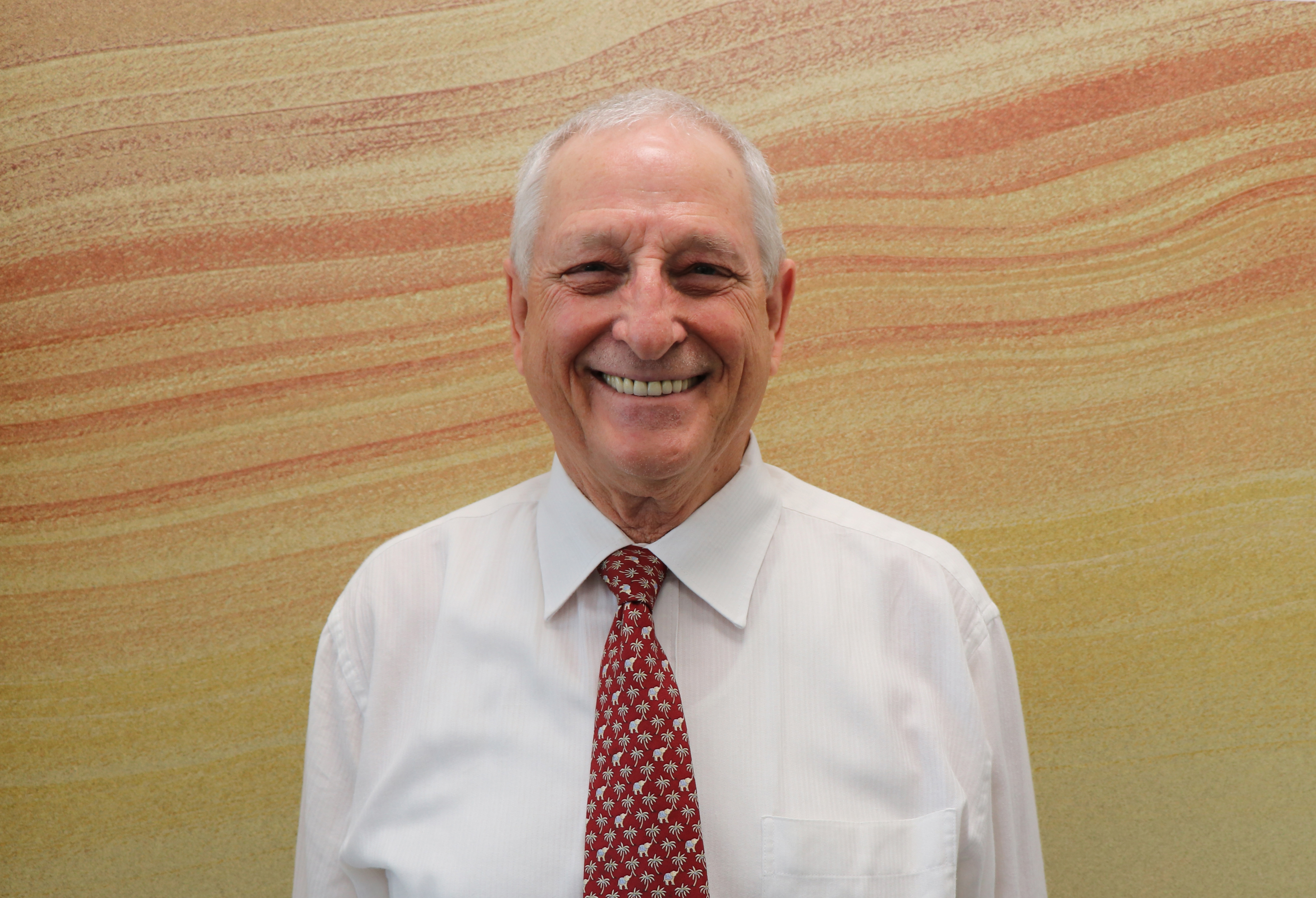Uranium in sediment and its significance from the life of mining at Ranger Mine, Northern Territory
Speaker: Dr Bary Noller, Centre for Mined Land Rehabilitation
Abstract: Following four decades of mineral exploration, discovery, project development and minerals processing, the Ranger Uranium Mine (RUM) at Jabiru, Northern Territory, will cease operations in 2021. Beyond this period, rehabilitation of the Ranger Project Area (RPA) will continue into 2026. As a part of the rehabilitation of RUM, water quality guideline values (WQGV) for uranium and other metals in local waterbodies have been developed to protect aquatic organisms from the effects of metal toxicity. Benthic organisms will also be exposed to uranium as it partitions from the water column to the sediments. This important component of the ecosystem may then be exposed to increased uranium concentrations through ingestion and adsorption of uranium from sediments or the pore-waters.
Increased concentrations of uranium in the water column may result in an accumulation of uranium in the sediment component. A study requested by the Environmental Research Institute of the Supervising Scientist (ERISS) developed a uranium partitioning relationship to enable prediction of sediment concentrations when water column concentrations were at the WQGV. The effect of uranium counter ions and dissolved organic carbon on uranium speciation was modelled; and demonstrated a high affinity for the formation of uranyl-organic complexes. Using a Freundlich isotherm, if the water-column uranium concentration was at the WQGV of 2.8 µg/L, then the acid extractable uranium in sediment was calculated to be lower than a proposed sediment quality guideline value (SQGV). This offers assurance that implementation of a 2.8 µg U/L WQGV will not lead to an accumulation of uranium to a level that will affect benthic communities.
 Bio: Barry is Principal Research Fellow and leader of the Contaminant Management in Mining research group within SMI's Centre for Mined Land Rehabilitation. His research focus is on contaminant pathways and processes of chemical forms of metals and metalloids in mine wastes using Synchrotron X-ray techniques, bioaccessibility and bioavailability of metals and metalloids and risk assessment of human and environmental toxicological effects from mine wastes, management of cyanide in gold mining and investigations of specific chemical applications. Much of Barry’s work covers issues for human health and the environment associated with current and post mining landscapes and offsite impacts. Read bio in full
Bio: Barry is Principal Research Fellow and leader of the Contaminant Management in Mining research group within SMI's Centre for Mined Land Rehabilitation. His research focus is on contaminant pathways and processes of chemical forms of metals and metalloids in mine wastes using Synchrotron X-ray techniques, bioaccessibility and bioavailability of metals and metalloids and risk assessment of human and environmental toxicological effects from mine wastes, management of cyanide in gold mining and investigations of specific chemical applications. Much of Barry’s work covers issues for human health and the environment associated with current and post mining landscapes and offsite impacts. Read bio in full
About SMI Webinar Series
The Sustainable Minerals Institute Webinar Series showcases the exciting research underway across SMI - from processing to social performance to health and safety - join us on a Tuesday for the presentation followed by Q&A with the researcher.
